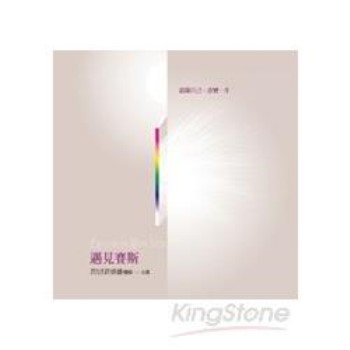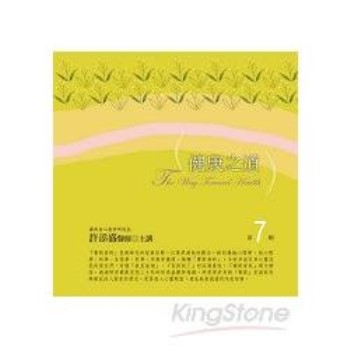This book explores how popular photography influenced the development of British travel marketing in the late nineteenth and early twentieth century. Taking as its touchstone the image archive of the Polytechnic Touring Association, a London-based, originally philanthropic, travel firm, the book reveals the role that people’s increasing familiarity with the camera played in the travel industry’s shift from using lens-based images to mixed media.
This investigation uncovers the photographic desires of a new group of camera users – the tourist photographers: what photographs they took and why, and how this shaped how they experienced an increasing production of travel images. Through an exploration of lantern shows; the photography, travel and advertising press of the day; the work of official tour photographers; tourists’ personal photographs; and commercial photographic competitions, the book charts how the educational concerns and commercial imperatives, which successively defined the expected function of travel images, responded to these desires. As the book reveals, the relationship between popular photography and travel marketing was shaped by the different desires and expectations that consumers and institutions projected onto photography, in what became, effectively, a struggle over the interpretation of the travel image itself.












